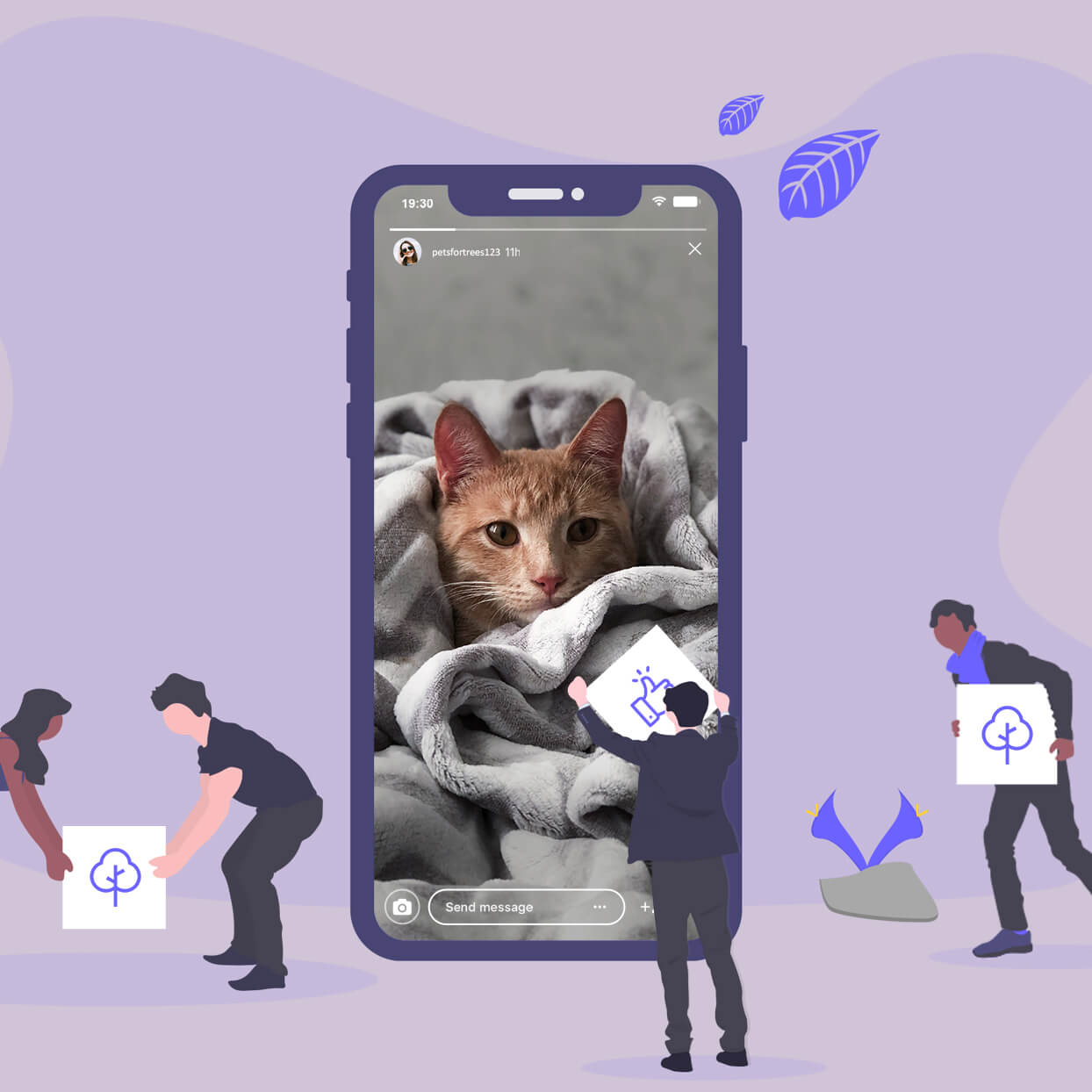Is Web 3.0 just another buzzword or is something bigger coming?
Written by Laura Browne, Digital Director
Sometimes reading tech journalism is like reading a bunch of fairy tales.
These fancy articles promise the world with Web 3.0, hinting at the idea that we’re defining a new era in the World Wide Web, with disembodied votes and blockchain-based voting registries.
But after reading these articles I always felt something was missing: an answer to the question “how exactly?” After all, journalists are in the storytelling business, so they always tend to focus on the narrative and not the boring details of how this stuff works.
Many tech-leaders are talking about Web 3.0 and various ways to define it, but the true definition of Web3 is still up for debate.
So where did this debate come from?
Think back to the days of Web 1.0 and your basic read-only websites, a glorified Teletext at best. By contrast we’re now in a world where those same basic read-only websites empower us to become creative content contributors. We welcomed in Web 2.0 and its ability to provide users with access to tools that can help them build better content, share it with others and organise their work and personal lives.
But where Web 2.0 moved us from voyager to contributor, it came with a cost. Our personal information is retained and monetised by third parties. Our content becomes the property of the big-techs and misinformation is easily spread with almost no accountability.
Tech crusaders would say that Web 3.0 will be personal and secure. That it encourages us to take back control of our digital lives from the tech giants. And yet, nobody seems to be talking about the practicalities of how Web 3.0 is going to save us.
But is that such a bad thing?
Maybe Web 3.0 is not meant to be a technology, but a movement. It’s a deeply polarizing topic for technologists because it’s designed to be that way. From the Cambridge Analytica scandal, Yahoo’s data breach and Edward Snowden’s whistleblowing, it’s no surprise people are calling for a fairer, more transparent iteration of the web.
Although the exact application of these principles hasn’t been written in stone, we can expect a more semantic web which will understand users on a human level, not just keywords and numbers. A web which uses artificial intelligence to support a more fair and equal decision-making process. Data which is protected and encrypted, not sold to big-tech for social influence.
Imagine a world where you control your own data. Where the internet is built for safety and privacy by design, not bolted on as an afterthought. And built in a way that works for humans, not systems. That’s Web 3.0.
What else is going on

Raising CMS standards with Umbraco
We're CMS platform neutral, but we often find ourselves recommending Umbraco to clients for a number of reasons.
Find out more

How Plant a Tree Co. used Social Proof to make fools of us all
When an online Instagram campaign promised to plant a tree for every pet photo posted, in no time its creator unsurprisingly claimed it had ‘spread out of control’.
Find out more
